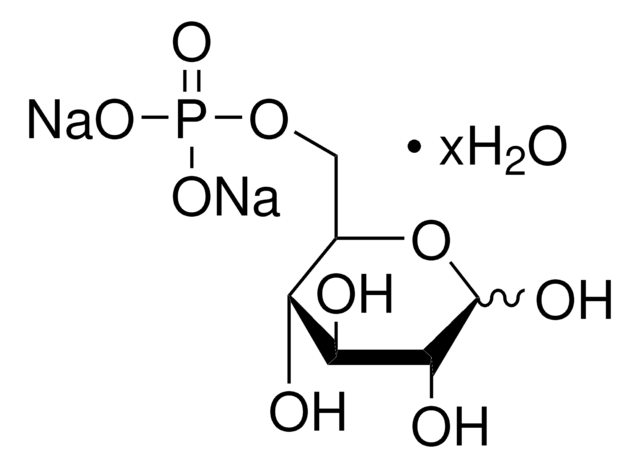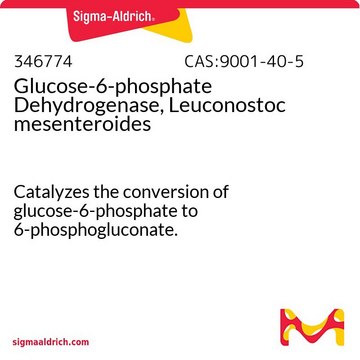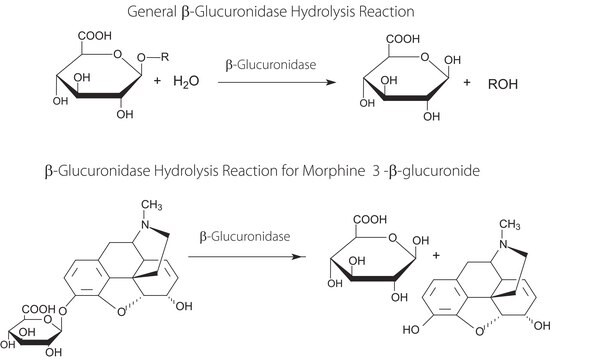G1545
Anti-Glutamate Receptor 3, Metabotropic antibody produced in rabbit
affinity isolated antibody, buffered aqueous solution
Synonym(s):
Anti-mGluR3
About This Item
IHC (p)
WB
immunohistochemistry (formalin-fixed, paraffin-embedded sections): 38 μg/mL using human brain, neurons and glia
western blot: suitable
Recommended Products
biological source
rabbit
Quality Level
conjugate
unconjugated
antibody form
affinity isolated antibody
antibody product type
primary antibodies
clone
polyclonal
form
buffered aqueous solution
species reactivity
human
technique(s)
immunocytochemistry: 38 μg/mL using human brain, neurons and glia
immunohistochemistry (formalin-fixed, paraffin-embedded sections): 38 μg/mL using human brain, neurons and glia
western blot: suitable
UniProt accession no.
shipped in
dry ice
storage temp.
−20°C
Gene Information
human ... GRM3(2913)
mouse ... Grm3(108069)
rat ... Grm3(24416)
Immunogen
Application
- western blot analysis of mouse somatosensory cortex to examine the connexin 36 (Cx36) protein expression and electrotonic coupling incidence.
- western blot analysis of rat hypothalamus to study the Cx36 expression.
- immunocytochemistry (formalin-fixed, paraffin-embedded sections) at a concentration of 38μg/mL using human brain, neurons and glia.
Biochem/physiol Actions
Physical form
Disclaimer
Not finding the right product?
Try our Product Selector Tool.
Storage Class Code
10 - Combustible liquids
WGK
nwg
Flash Point(F)
Not applicable
Flash Point(C)
Not applicable
Choose from one of the most recent versions:
Already Own This Product?
Find documentation for the products that you have recently purchased in the Document Library.
Our team of scientists has experience in all areas of research including Life Science, Material Science, Chemical Synthesis, Chromatography, Analytical and many others.
Contact Technical Service







